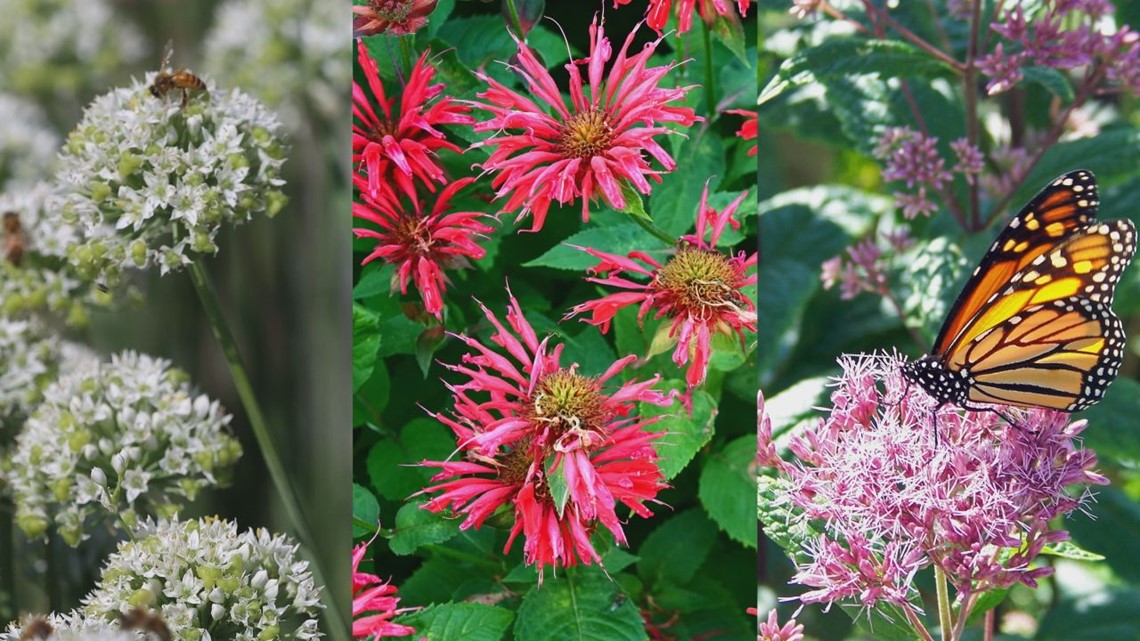WILLOW STREET, Pa. — It’s that time of the year, when people start mowing their lawns and planning their gardens. While the aesthetics of your landscaping is likely top of mind, experts say sustainability should be too.
For Joel Schock, manager of grounds at Willow Valley Communities in Lancaster County, it’s all about shifting people’s mindset to help our environment.
“Having that generational shift of like accepting that a perfectly planted out bed that’s mulched and has plant material evenly spaced might not necessarily be the best thing,” Schock said.
Willow Valley Communities is starting to place sustainability in a higher priority when it comes to their landscaping practices. In fact, they were recently awarded a grant to participate in ecological landscapes and campus sustainability planning.
Schock says they’ve already implemented several tactics to be more sustainable, and it’s something that residents are noticing.
“Through the conversion of turf areas, through the installation of more native trees and shrubs and flowering shrubs and also creating areas where we eliminate grass and maybe install meadow areas or natural wetland areas,” he said.
Schock says while this landscaping might look a bit different, it has big benefits for our environment by providing wildlife habitat and even improving water quality.
“Those native plant materials are going to essentially filter that water out a bit more because their root systems are going to run deeper and spread a bit further out in the soil as opposed to your typical home lawn.”
Another big benefit in adding native plants is that they help increase pollinators like bees and other insects, which can have a ripple effect through your local ecosystem.
While Schock is able to make these changes on a large scale at Willow Valley Communities, he says these practices are able to be implemented by individual homeowners as well.
A good first step if you are looking to transition parts of your yard is to see where you can remove some turf. From an ecological standpoint, turf does not provide as big of a return as other natural grasses or plant material.
Schock says you can also look at some of your older plants across your yard to see what can be replaced.
“You can begin to transition your landscape by removing some of maybe your ornamental plant material—your knockout roses, your burning bushes, something that may have been older plants and may have aged out and replacing it with newer pollinators, native plant materials that take less watering, less maintenance, and just do a better benefit to wildlife,” he said.
Some of Schock’s favorite plants include mountain mint, Monarda bee balm and butterfly milkweed. Eastern redbud trees are also a favorite that provide beautiful color this time of the year.


If you’re looking to get started in adding more native plants to your garden, your local nursery is a great place to start. Schock says the native plants might not be as easy to find, but if you ask an employee, they’ll be able to point out what would work best for your landscaping goals.

